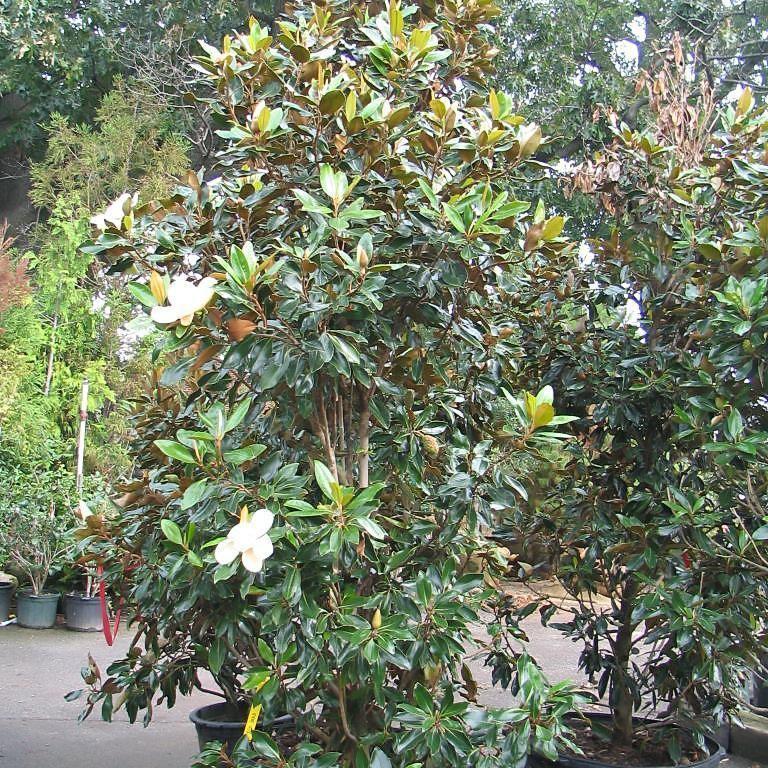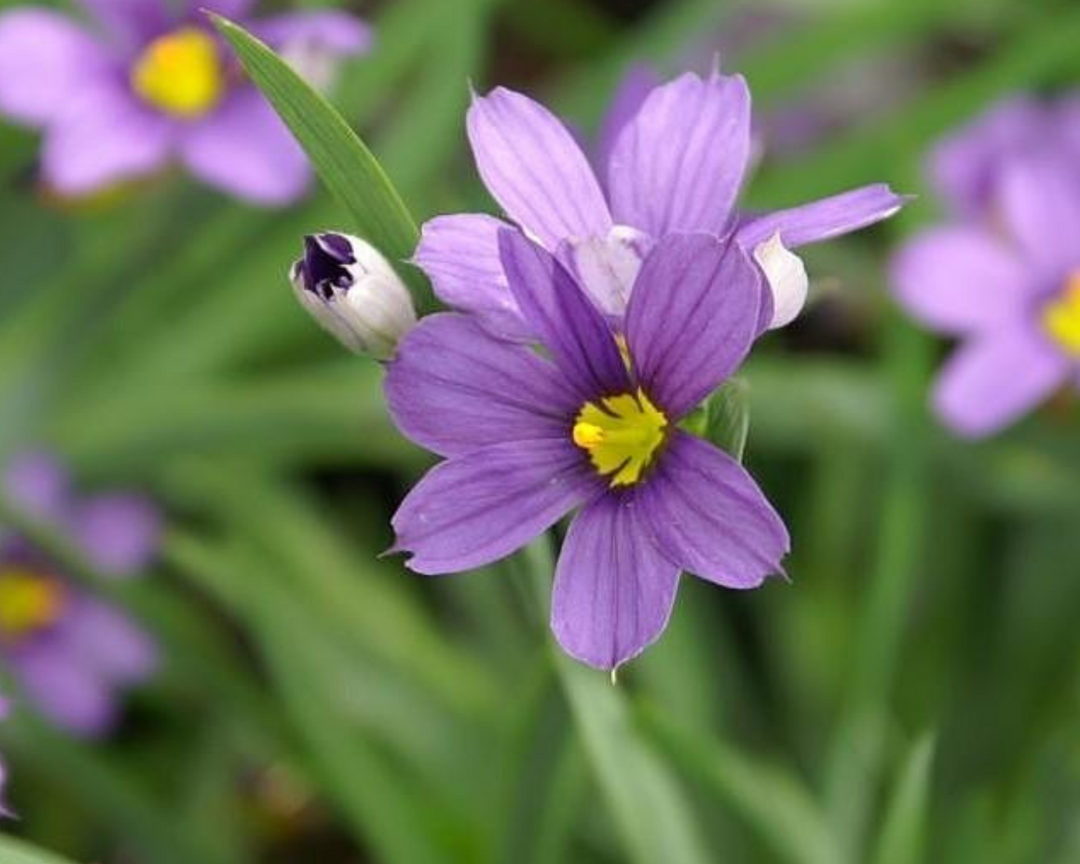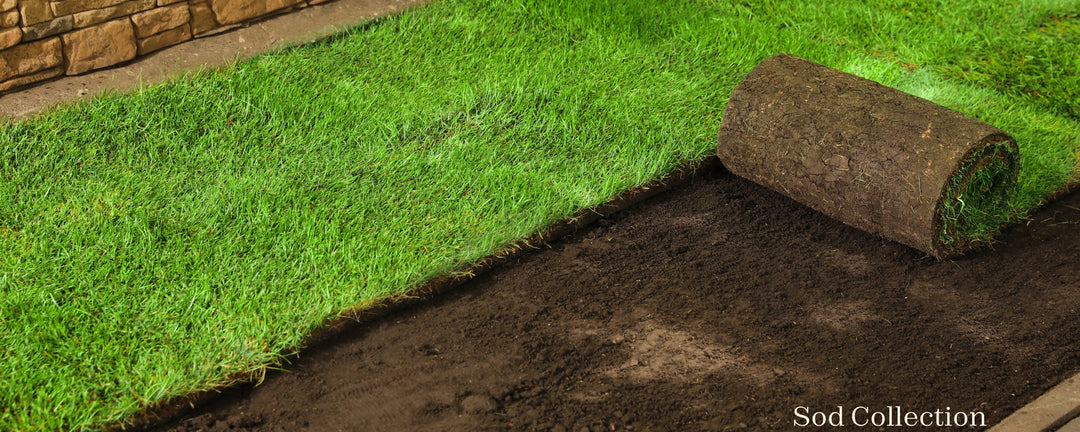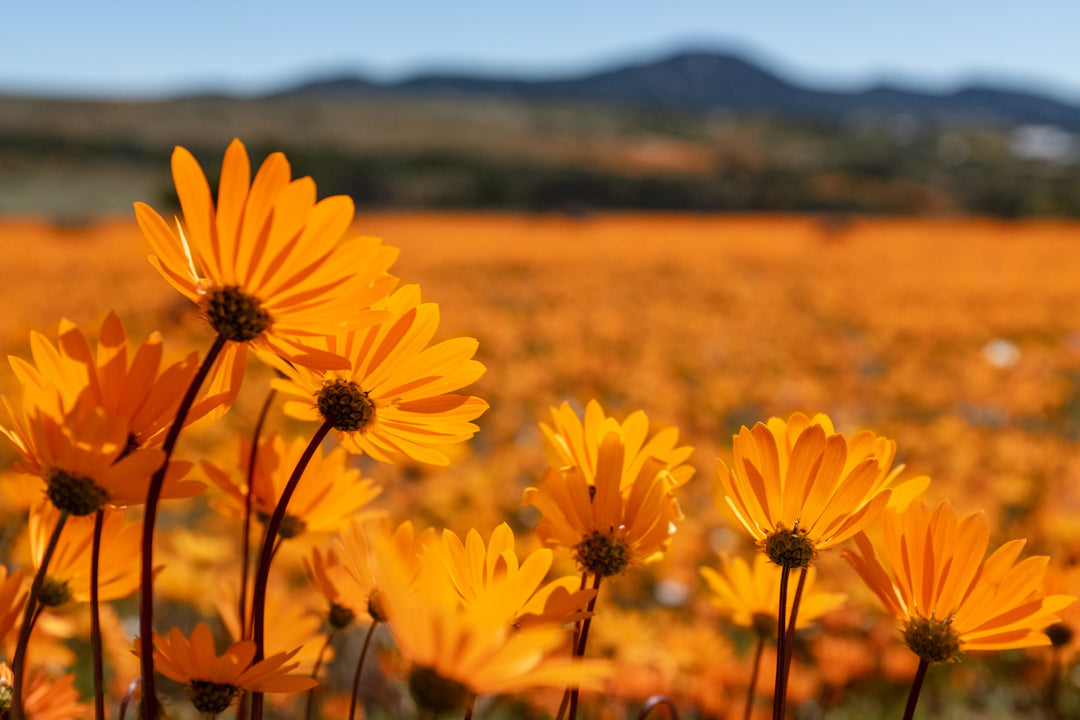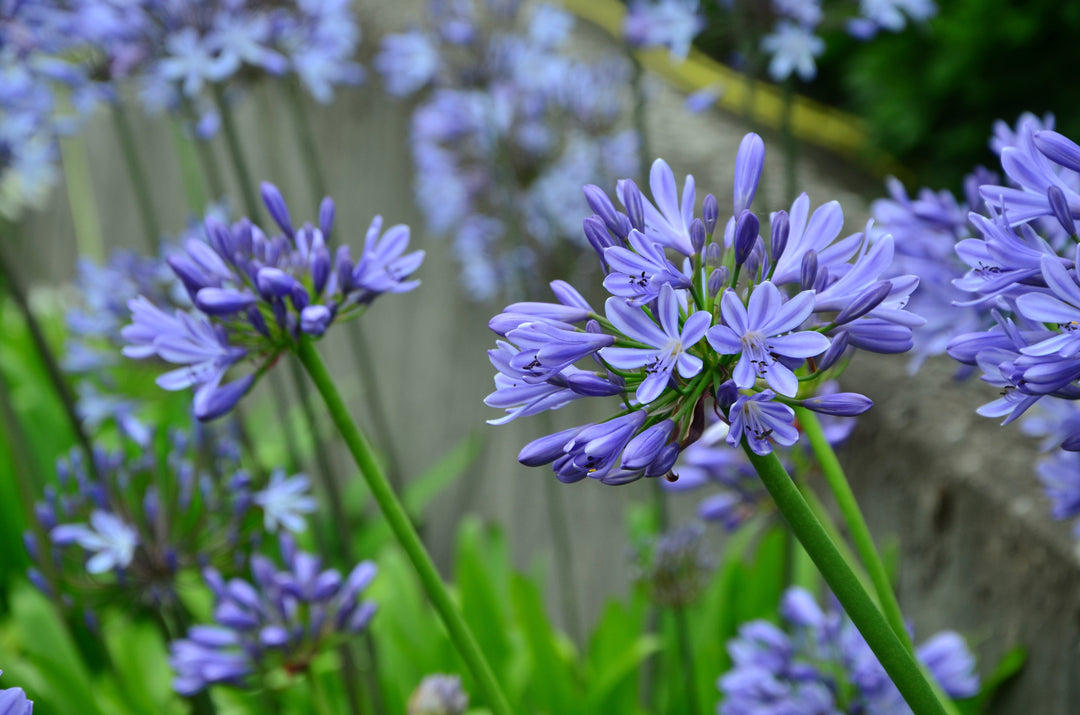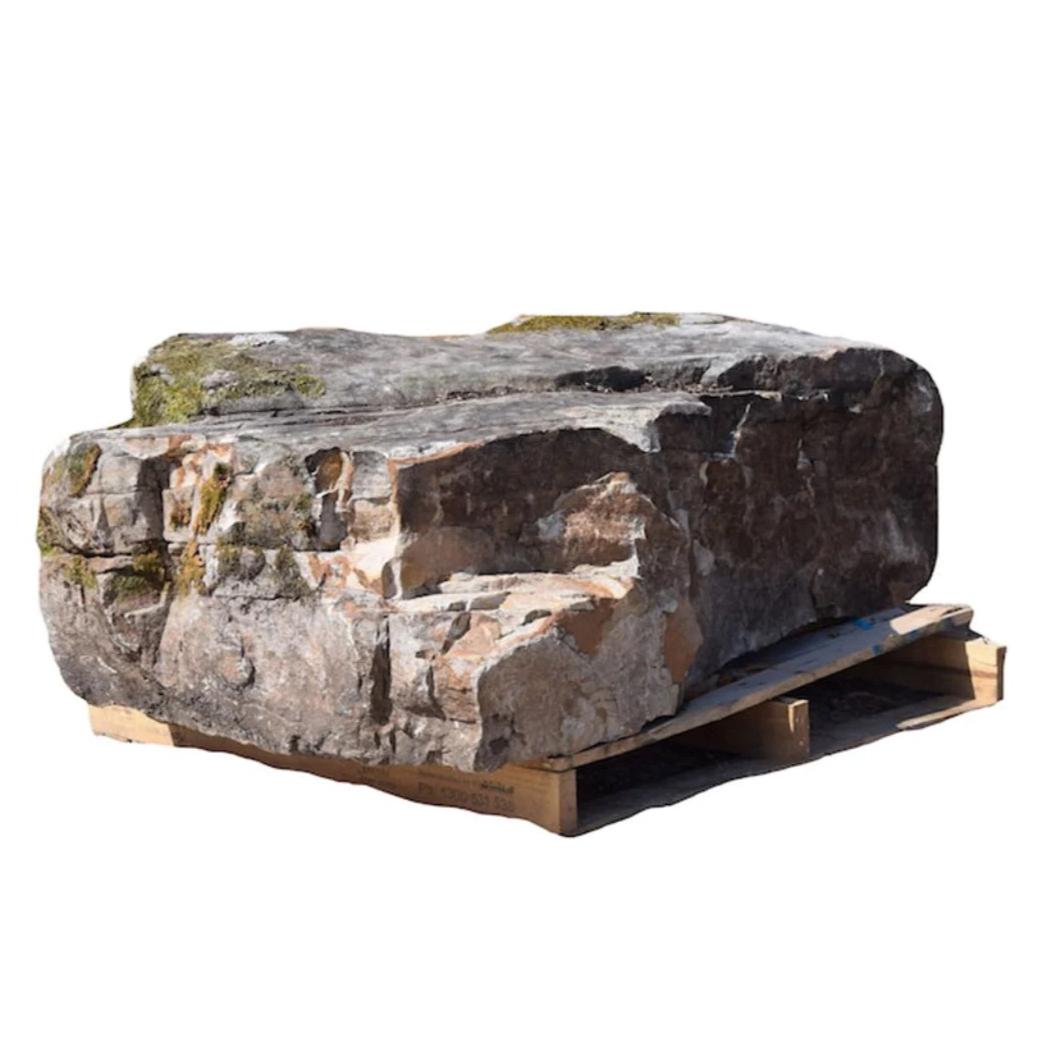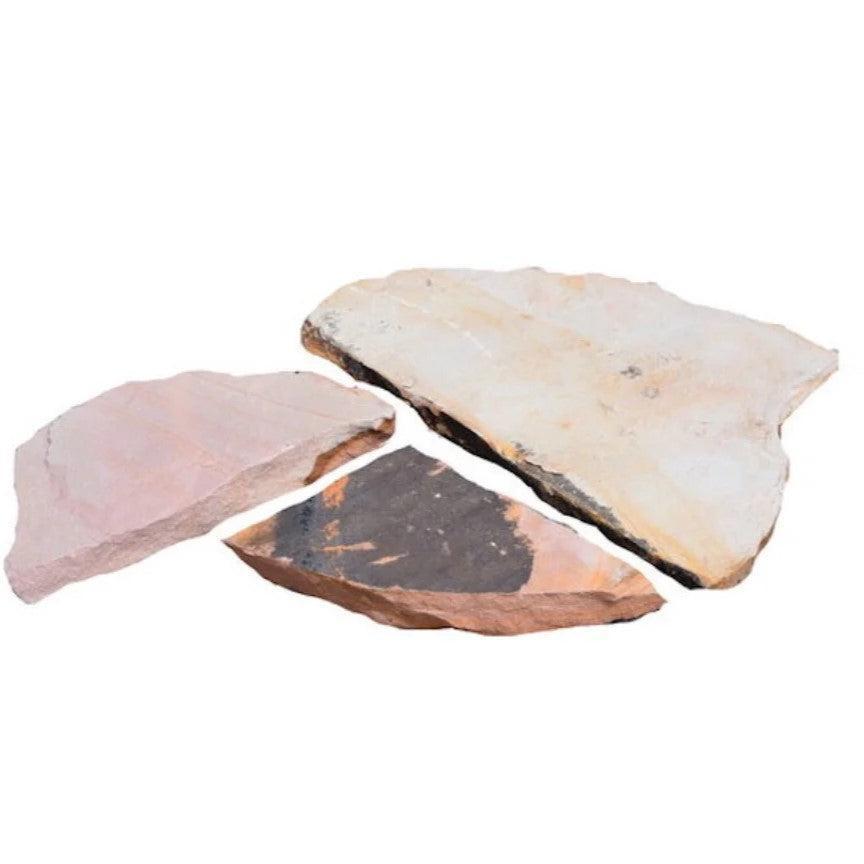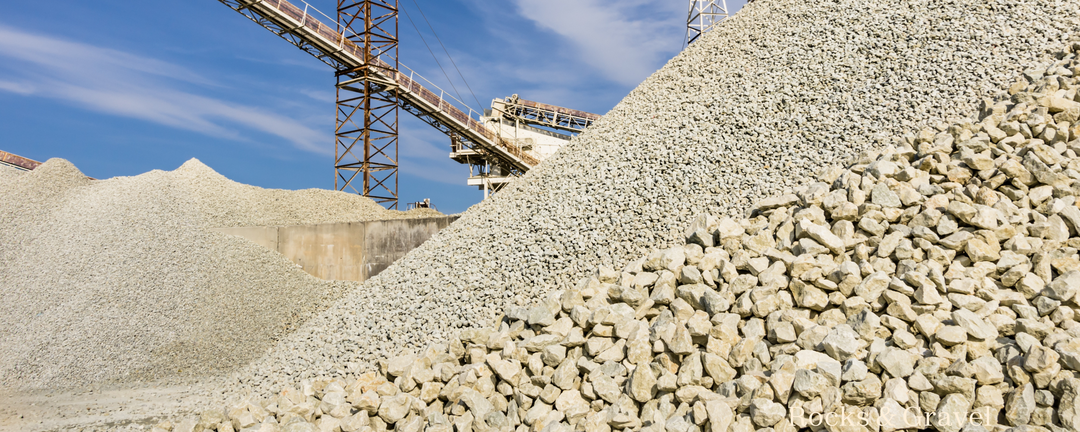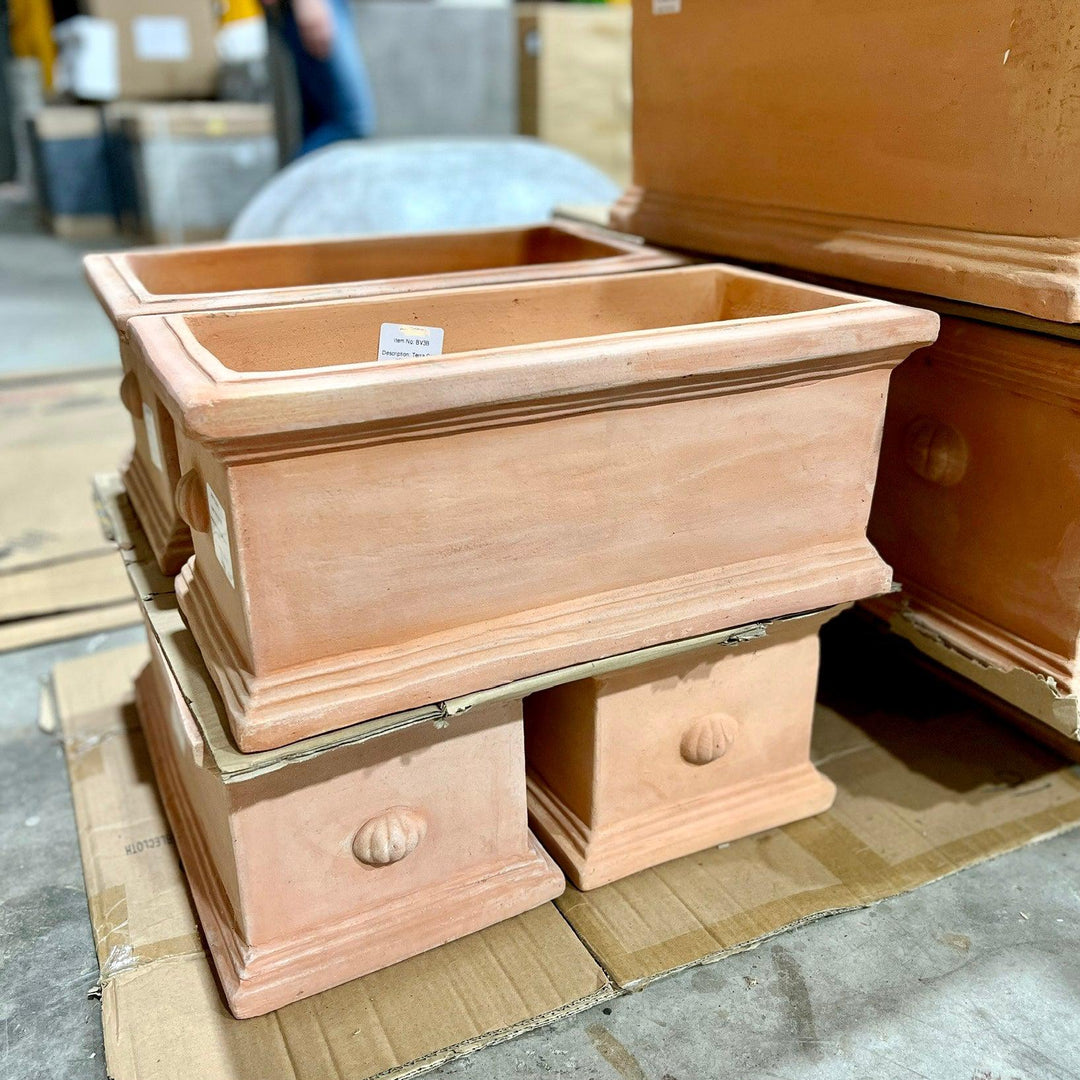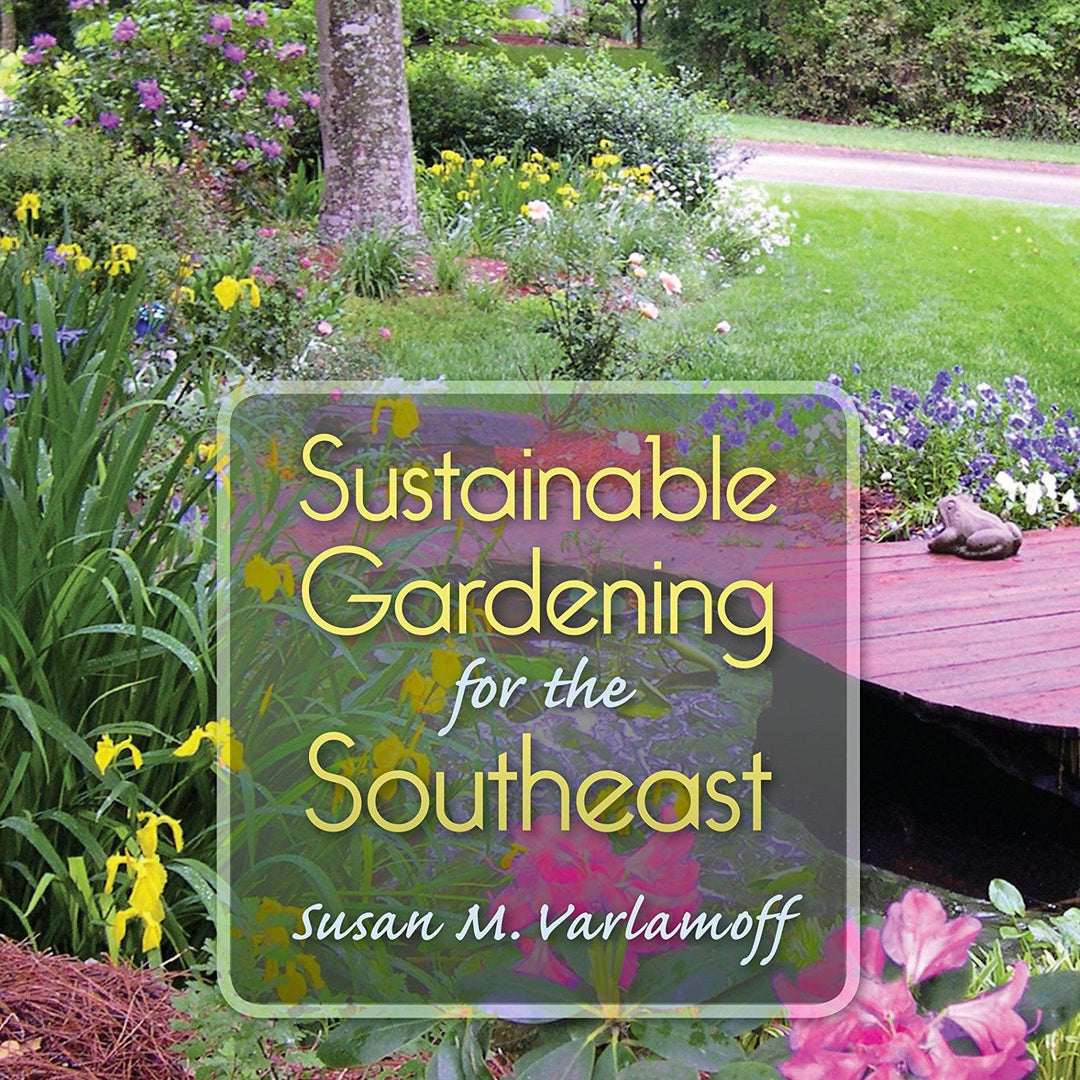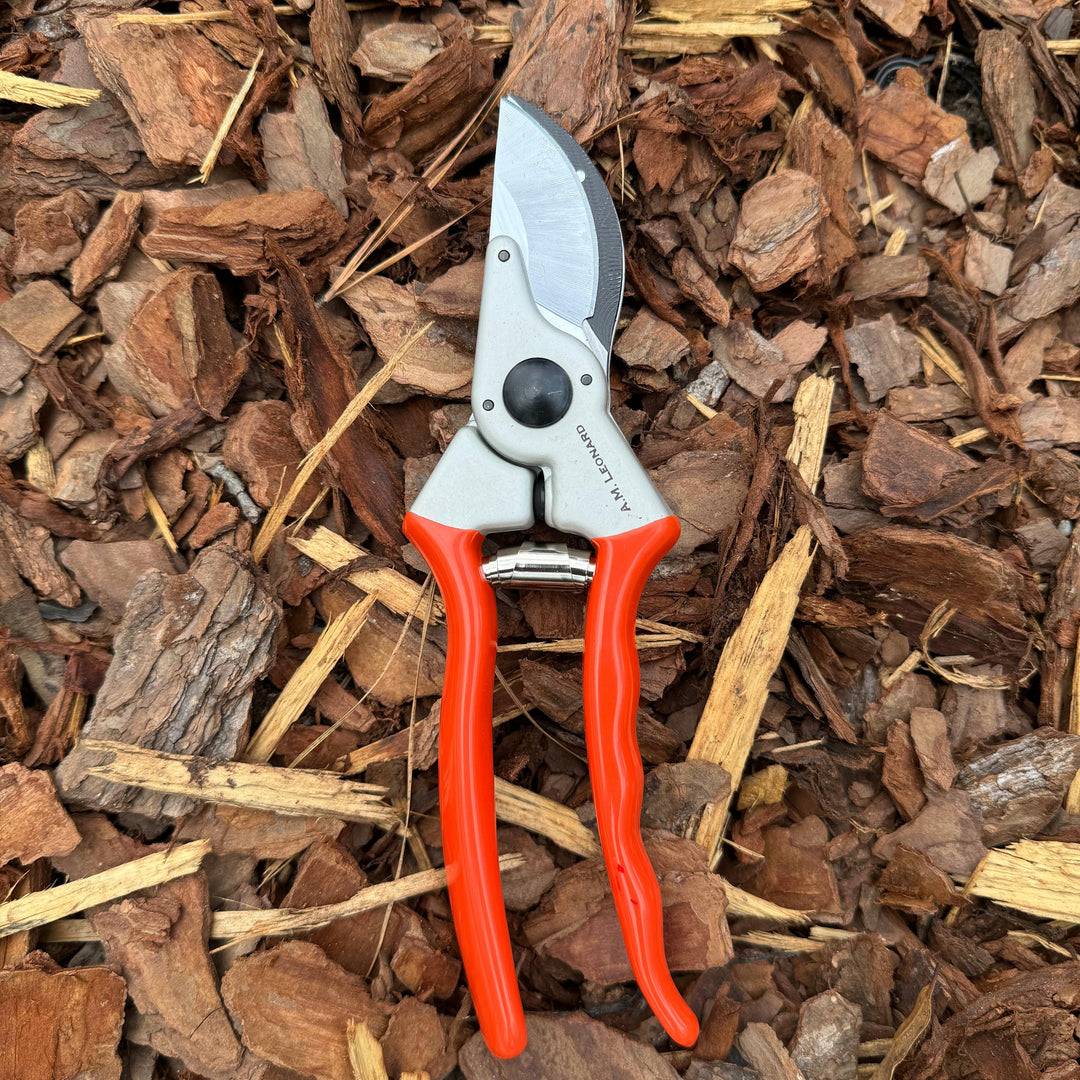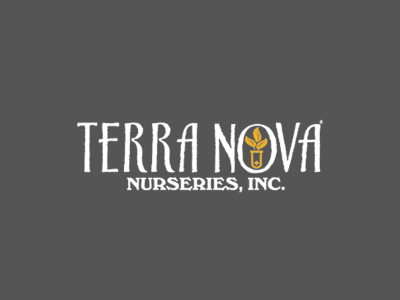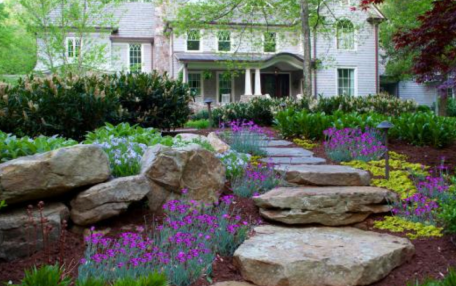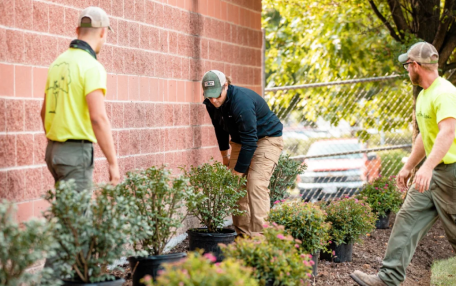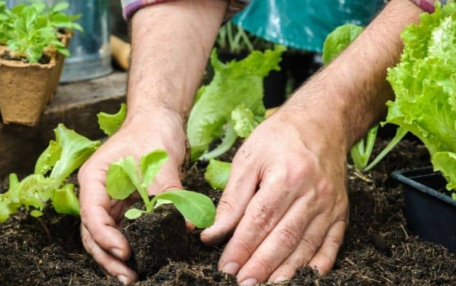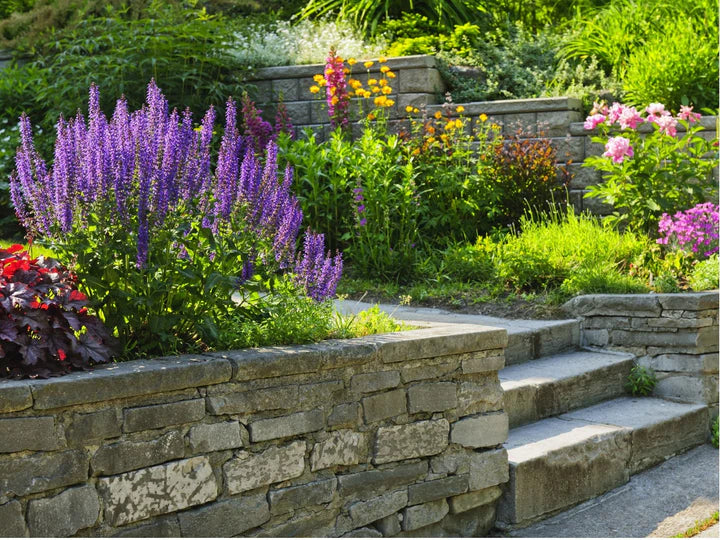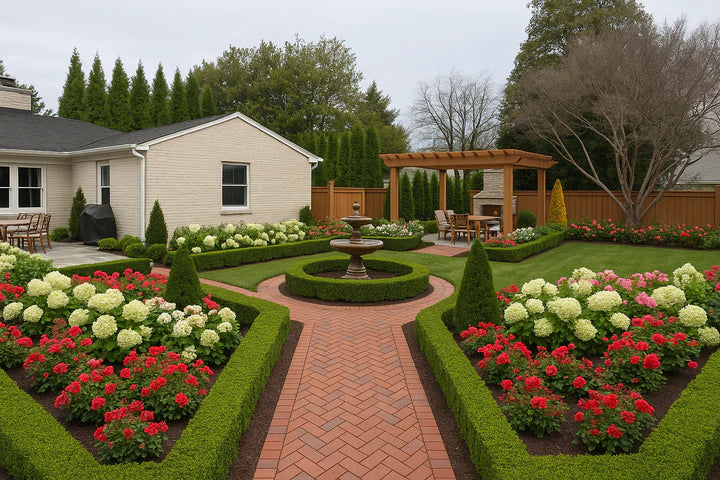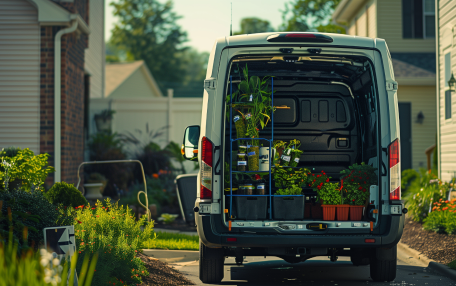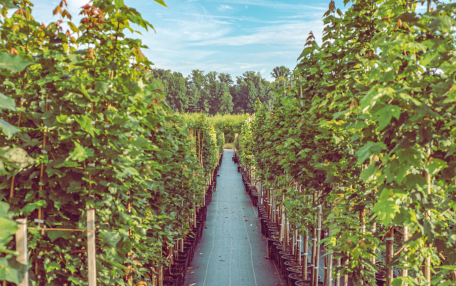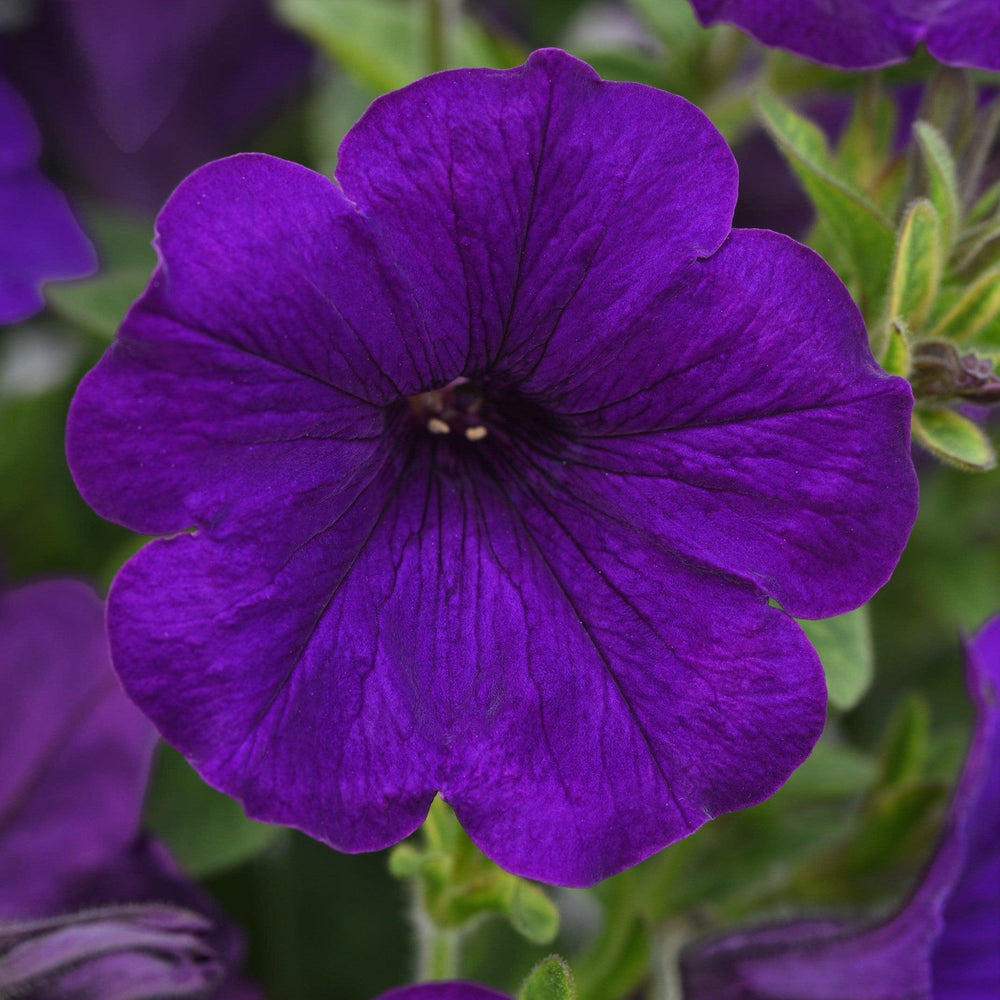Planting in Wet Clay Soil: Embrace the Challenge with the Right Approach and Plants
Clay soil—especially when paired with high moisture—can feel like a gardener’s worst nightmare. It’s dense, slow-draining, and can easily compact, making it tough for many plants to thrive. But with a little understanding and the right plant choices, wet clay soil can become a fertile, thriving garden bed.
Understanding Wet Clay Soil
Clay soil is made up of fine particles that retain water and nutrients well—but that same retention can lead to poor drainage, root rot, and compaction if not managed properly. When saturated, clay can become heavy and sticky, smothering roots and stifling growth.
How to Tell If You Have Clay Soil:
-
It feels dense and sticky when wet
-
Water puddles and drains slowly after rain
-
It forms hard clumps when dry

How to Improve Wet Clay Soil
While some plants adapt well to clay, amending the soil can open your garden to a wider variety of species and improve overall plant health.
Tips for Soil Improvement:
-
Add Organic Matter: Work in compost, shredded leaves, or well-rotted manure to improve drainage and aeration.
-
Top Dress with Mulch: Organic mulches like pine bark or leaf mulch help regulate moisture and slowly improve soil over time.
-
Avoid Sand Alone: Mixing sand with clay can create a concrete-like texture. Always add organic matter along with sand if used.
-
Build Raised Beds or Berms: These improve drainage dramatically and allow you to control the soil makeup.
Planting Tips for Clay Soil
-
Never work clay soil when wet. This leads to compaction and damage.
-
Use wide planting holes. Dig wider (not deeper) than the root ball to encourage lateral root growth.
-
Loosen the surrounding soil. Break up compacted areas to help roots establish more easily.
-
Select naturally adapted plants. Many native or moisture-loving species thrive in clay.
Plant Picks for Wet Clay Soil
Grasses & Grass-Like Plants
-
Soft Rush (Juncus effusus) – A textural, clumping grass for full sun to part shade.
-
Muhly Grass (Muhlenbergia capillaris) – Tolerates clay and brings airy pink blooms in fall.
-
Northern Sea Oats (Chasmanthium latifolium) – Elegant seed heads and clay-friendly roots.
Groundcovers
-
Blue Mistflower (Conoclinium coelestinum) – A hardy native perennial with blue late seaon fowers that thrives in moist, clay-rich soils.
-
Creeping Jenny (Lysimachia nummularia) – Fast-spreading and ideal for damp edges.
-
Virginia Creeper (Parthenocissus quinquefolia) – Great for slopes and erosion control.
Perennials
-
Swamp Milkweed (Asclepias incarnata) – A pollinator favorite that tolerates soggy soils.
-
Cardinal Flower (Lobelia cardinalis) – Thrives in moist conditions and attracts hummingbirds.
-
Joe Pye Weed (Eutrochium purpureum) – Tall and showy, ideal for back-of-bed planting.

Shrubs
-
Winterberry Holly (Ilex verticillata) – A deciduous holly that loves wet clay and provides winter interest.
-
Virginia Sweetspire (Itea virginica) – Compact, fragrant, and vibrant fall color in damp soil.
-
Buttonbush (Cephalanthus occidentalis) – Unique spherical blooms and clay-tolerant roots.
Trees
-
Bald Cypress (Taxodium distichum) – A striking tree that thrives in flooded or boggy soils.
-
River Birch (Betula nigra) – Tolerates wet conditions and has beautiful exfoliating bark.
-
Swamp White Oak (Quercus bicolor) – A native oak that adapts well to heavy, wet clay.
Design Tips for Wet Clay Gardens
-
Use elevation changes. Create berms or mounds to elevate plants that need better drainage.
-
Focus on texture and contrast. Wet-soil plants often offer interesting foliage and structure—play with combinations.
-
Edge with gravel or stone. This improves drainage at the soil line and defines garden beds visually.
-
Group by water needs. Cluster plants that tolerate or require moisture together for easier care.
Final Thoughts
Wet clay soils don’t have to be limiting. With proper soil management and the right plant palette, you can transform sticky, boggy areas into a vibrant, lush garden space. From colorful perennials to structural grasses and water-loving trees, there’s a surprising variety of plants that not only tolerate clay—but thrive in it.

